Brand-New Game “Pokémon Legends: Arceus” Brings History to the Franchise
The Most Recent Game From the Industry Heavyweight Recently Released
March 9, 2022
In 1996, one of the most popular video games of all time made its debut on the worldwide stage: Pokémon. The franchise has a long history: its array of in-universe movies, TV shows, and trading cards are widely known, alongside the original electronic product. Pokémon has consistently put out games every year, with 25 and counting as of 2022.
The franchise has remained relevant for decades, with people raving to buy the newest generation of Pokémon as soon as it launches. Despite the adoration the franchise receives, many controversies surround the series. Public opinions seem to split when the developers diverge in unexpected directions.
As the series celebrated its 24th anniversary, primary developers Game Freak presented Pokémon’s newest two-game series: one was a remake of Pokémon 4th generation (Brilliant Diamond and Shining Pearl), with the showstopper (and more contentious release) being “Pokémon Legends: Arceus.”
The biggest difference between “Pokémon Legends: Arceus” and other installments in the series, is the genre. The main games in the franchise are known for being RPGs (Role-Playing Game) with strategy elements–the player controls a character on a journey through a fully developed world, using Pokémon to strategically take down fellow trainers, gym leaders, and enemy teams. Typically, storyline and exploration take center stage.
When I first heard about the new game’s semi-open world, I was excited–that’s a style of gameplay that I adore. I expect that my fellow open-world lovers will also enjoy “Legends: Arceus” due to its semi-open world style. As a dedicated Pokémon player since childhood, I was surprised at this shift. This is one of the rare instances that Game Freak has tackled a different genre for this well-loved series.

“Legends: Arceus” takes place in a historical setting, and it’s meant to precede other installments of the series. Other games start with well-developed worlds where all the NPCS and major characters are already familiar with the monsters and mechanics, except the player. In this installment, nobody knows anything about Pokémon–therefore, the trainer’s goal is to fill out the first ever Pokédex (an electronic device meant to catalog all existing mons). Additionally, Pokémon need to be captured multiple times to check off an entry in said Pokédex. In other versions, the monsters only need to be caught once to be logged. But in these series, it takes a lot more effort to fill up the index. You have to catch the Pokémon a couple of times, in different sizes and sexes, and you need to see them use some skills.
The game is immersive–graphics, perspective, and gameplay make me feel like I’m actually in the world. Another unique point that adds to the immersion is that you can make equipment like Pokéballs and potions yourself. To make these useful objects, you need to venture around the map and find materials, but you start off with a small inventory (which expands as you progress and buy more slots).
The method of throwing Pokéballs to catch the creatures has been modified as well. Since Pokémon roam the world openly, you can catch them with the element of surprise, rather than being forced to meet a monster head-on every time. If you hide in a bush and the monster doesn’t see you, you can then throw a Pokéball to catch it without turning the encounter violent. When Pokémon are aggressive, however, the player must fight and make them weak enough to be captured. Having to actually aim the ball (which is automatically thrown in other installments) and hide from mons makes the game much more captivating.
The concept of the game is similar to that of other installments, but there are major differences in combat. For one, wild Pokémon can actually attack the player, rather than always targeting the player’s Pokémon. The player should avoid potential predators by running away or hiding in a bush–if too much damage is taken, they lose some items and restart at a savepoint. The whole game holds hidden dangers, as Pokémon aren’t the only sources of damage. If you’re attacked by a monster multiple times, fall off a cliff, or swim in deep water for too long, you’re sent back to a checkpoint. This makes progression a lot more challenging than previous games; these elements amp up the difficulty so that the avid-Pokémon fans won’t be able to cruise through the whole installment in a few hours. I had a hard time with completion, and open-world game veterans will have more advantages when playing.
To continue the story in other installments, you need to find the Pokémon gym and beat the gym leader. In Arceus, however, players can raise their “level” and continue the story by filling out the Pokémon index. As you raise your rank, you can advance to new areas of the map and see all new kinds of Pokémon. This was disappointing to me, because I’m the type of person who feels satisfied by beating the gym leader. The gameplay aspects still aren’t terrible though–I still feel accomplished as I level up my Pokémons and update my index.
Overall, I rate the game a 4/5. I recommend this installment in the series to those who have played through all the other Pokémon series, or people who enjoy open-world games. That being said, I don’t recommend starting your Pokémon experience with this series–I found it hard to approach, even as a veteran to the series. All in all, “Pokémon Legends: Arceus” still proves an enjoyable experience; a pleasant combination of open-world elements and immersive, player-centered gameplay.



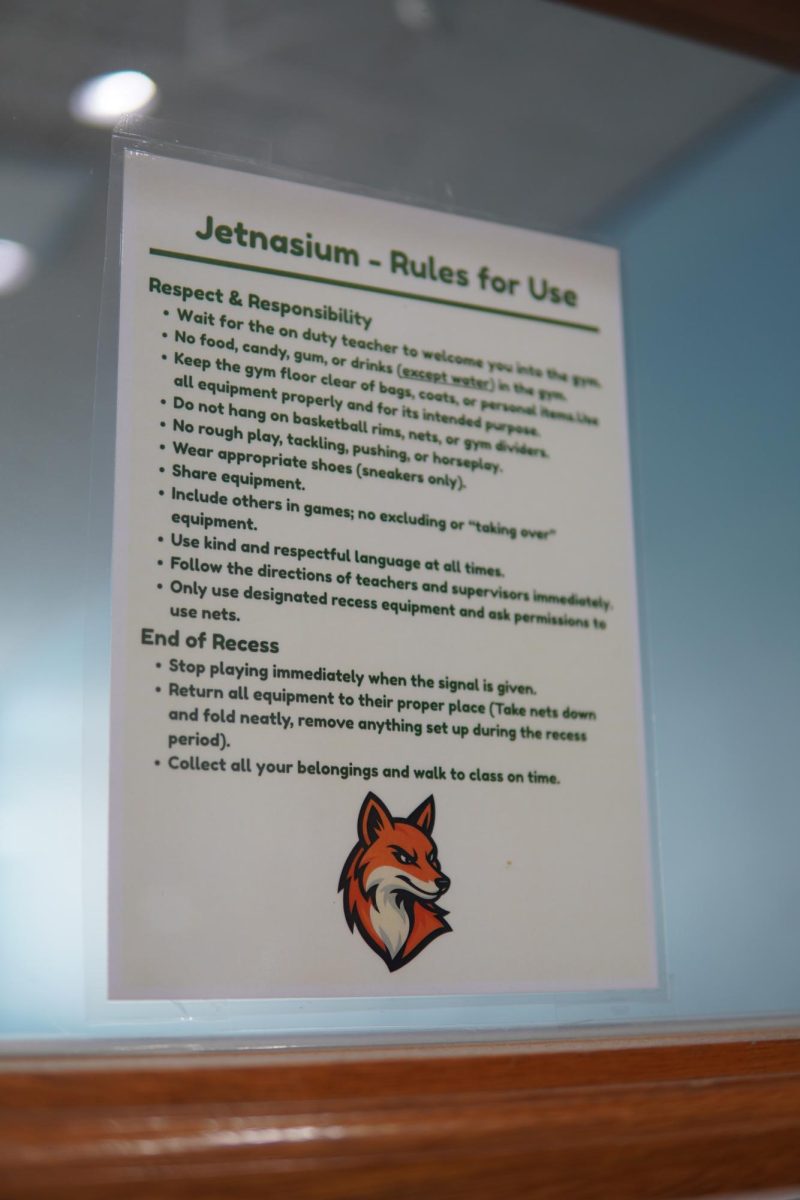





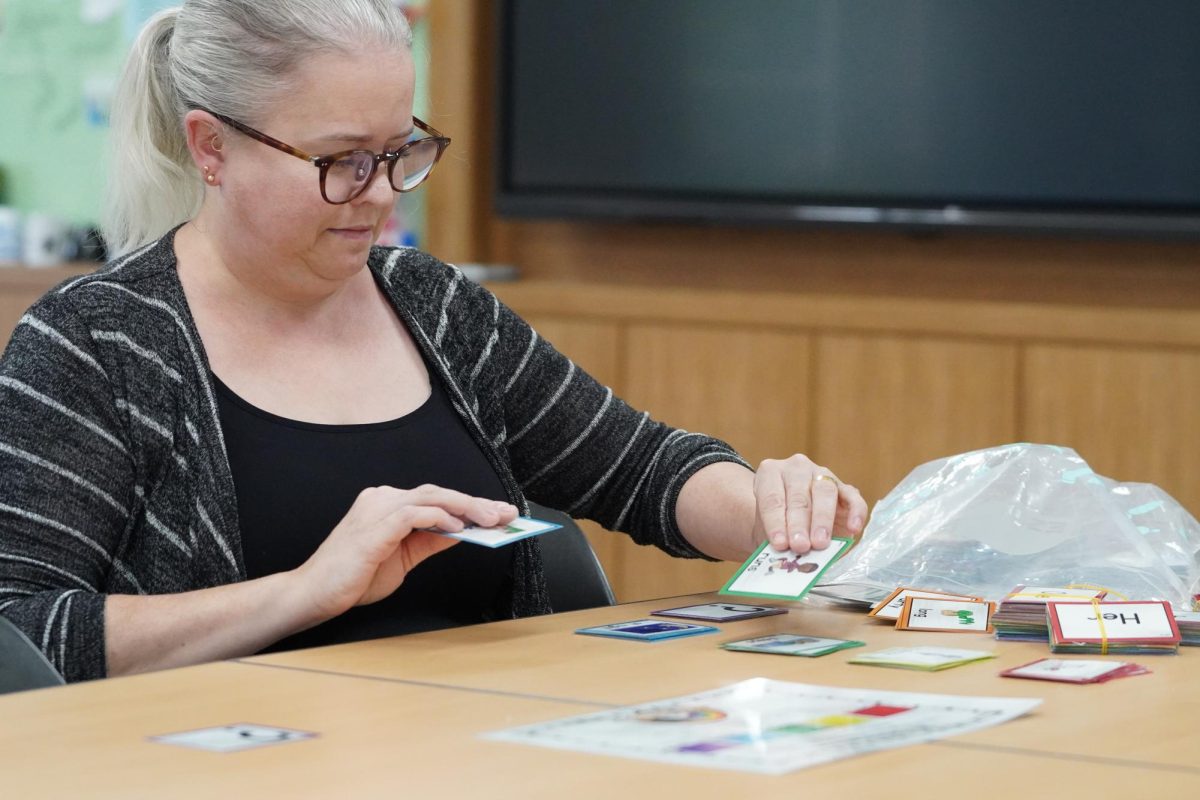
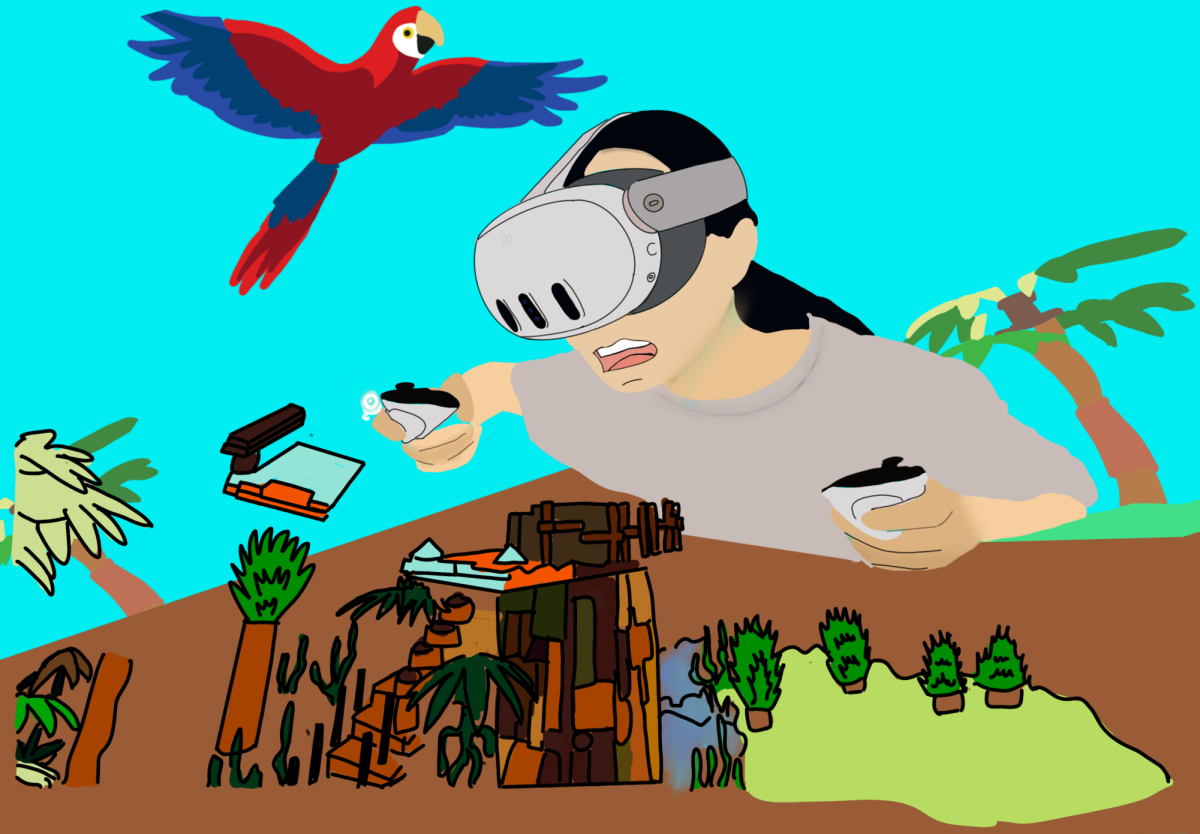


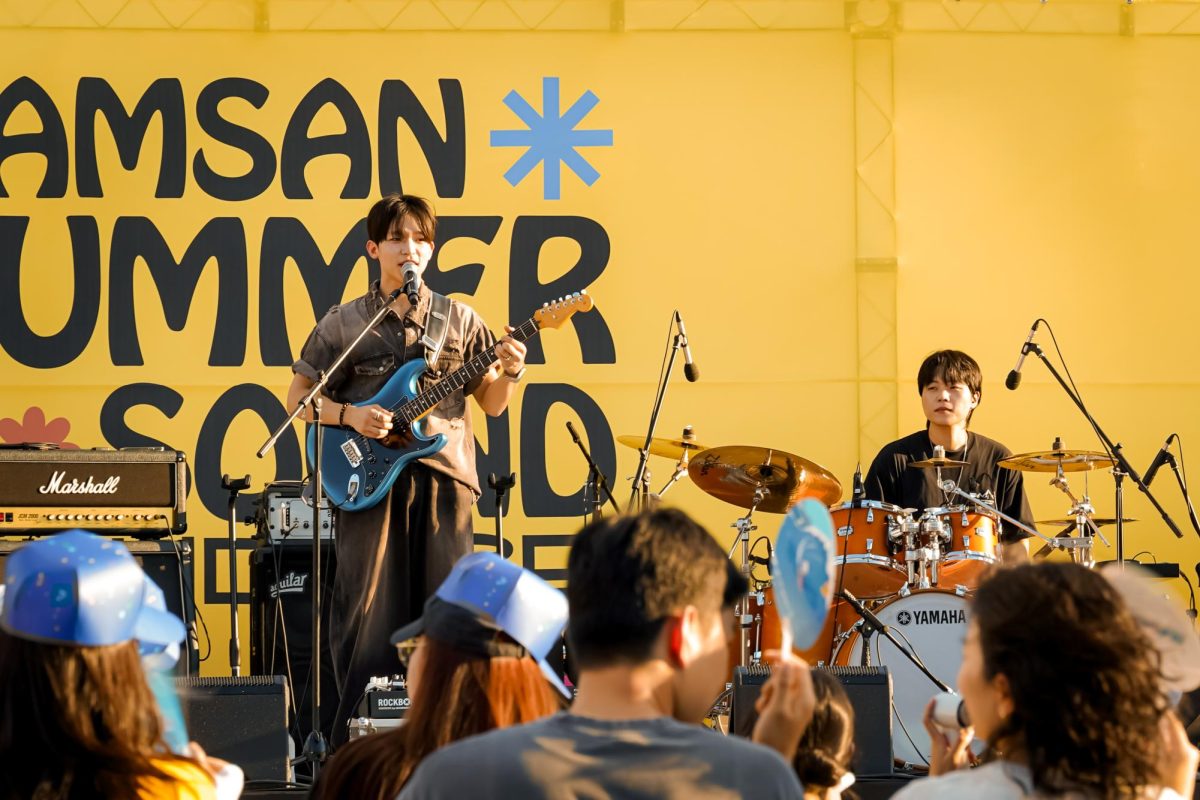
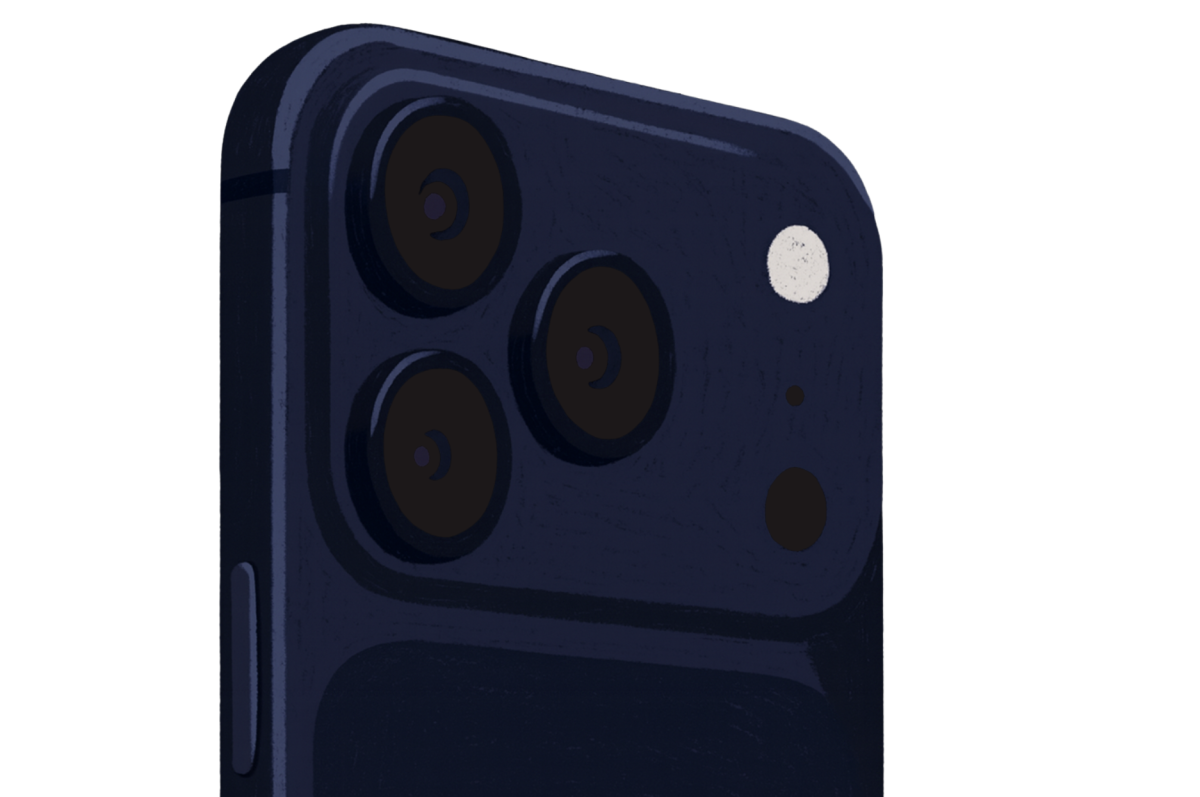
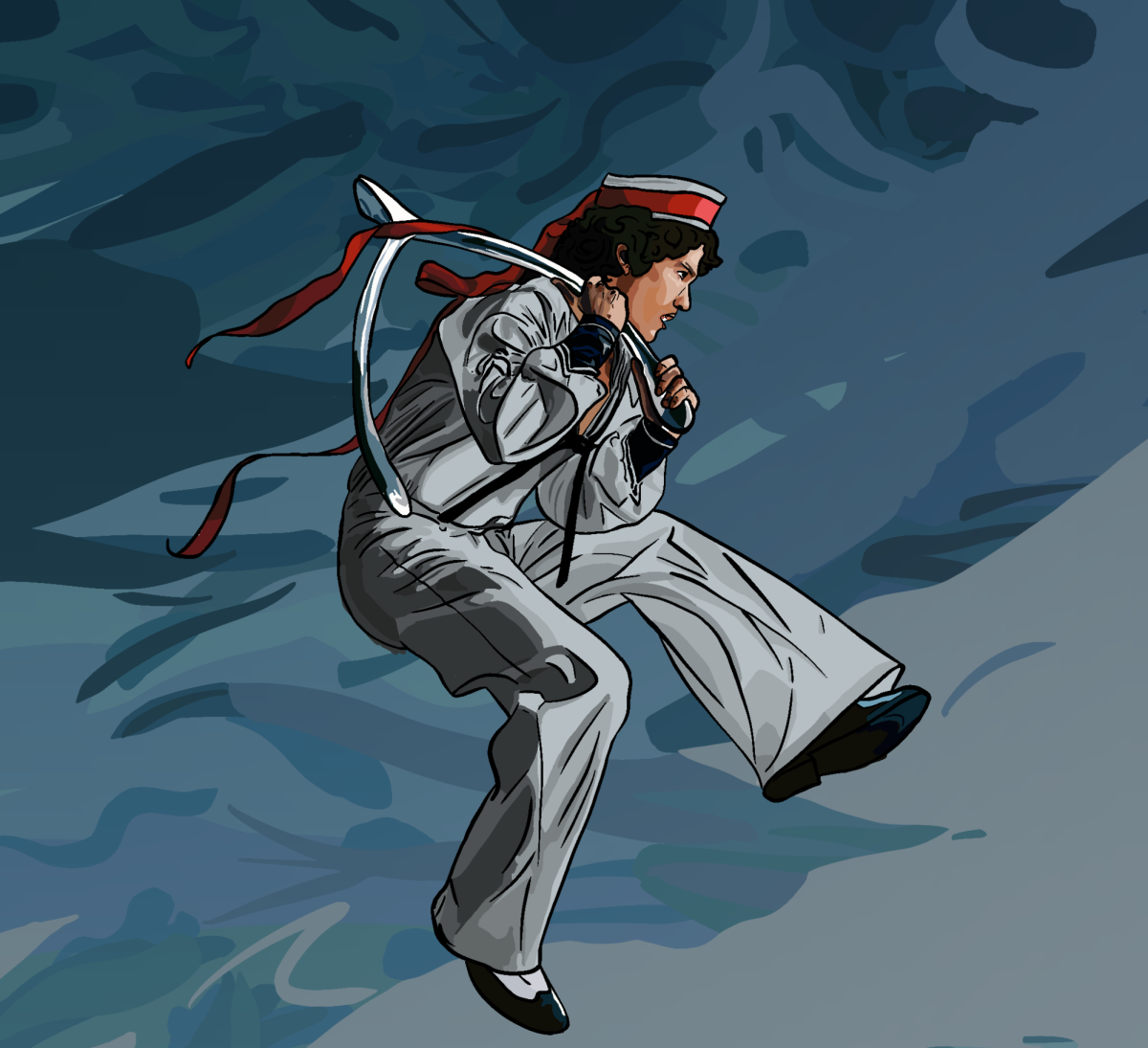

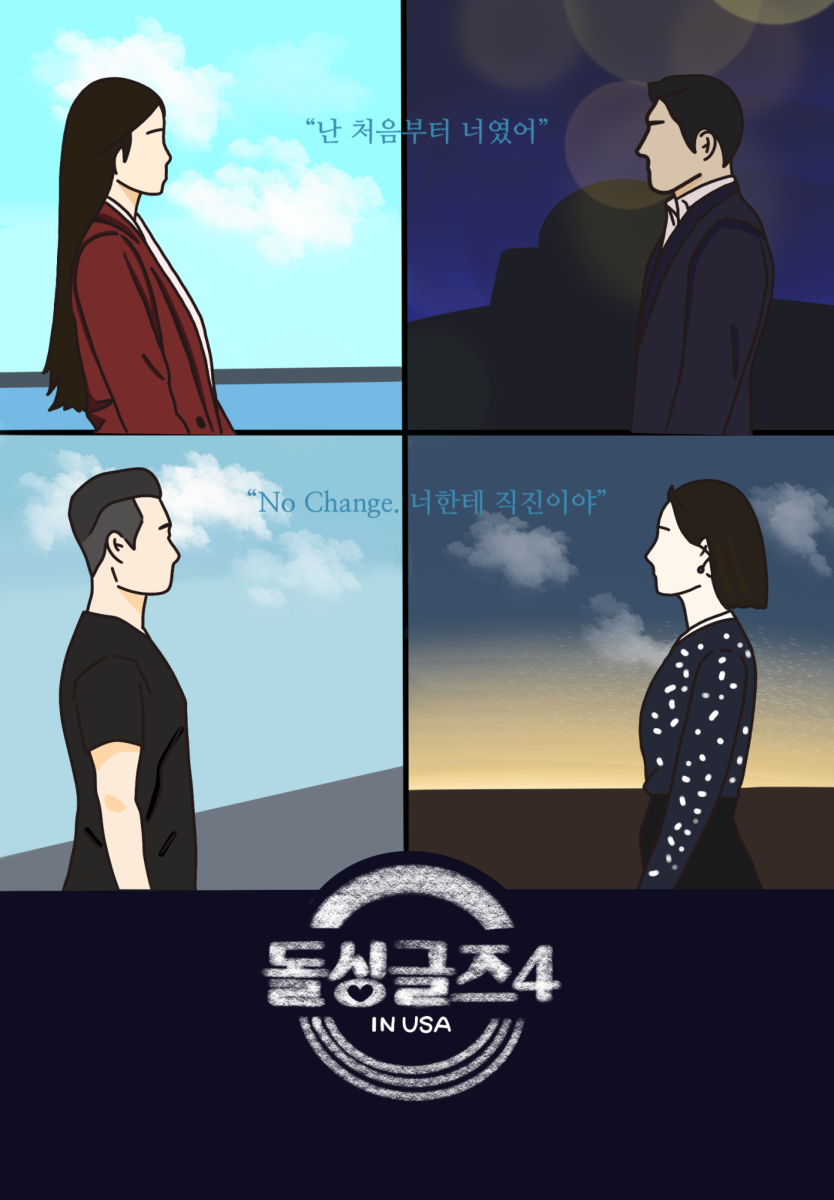




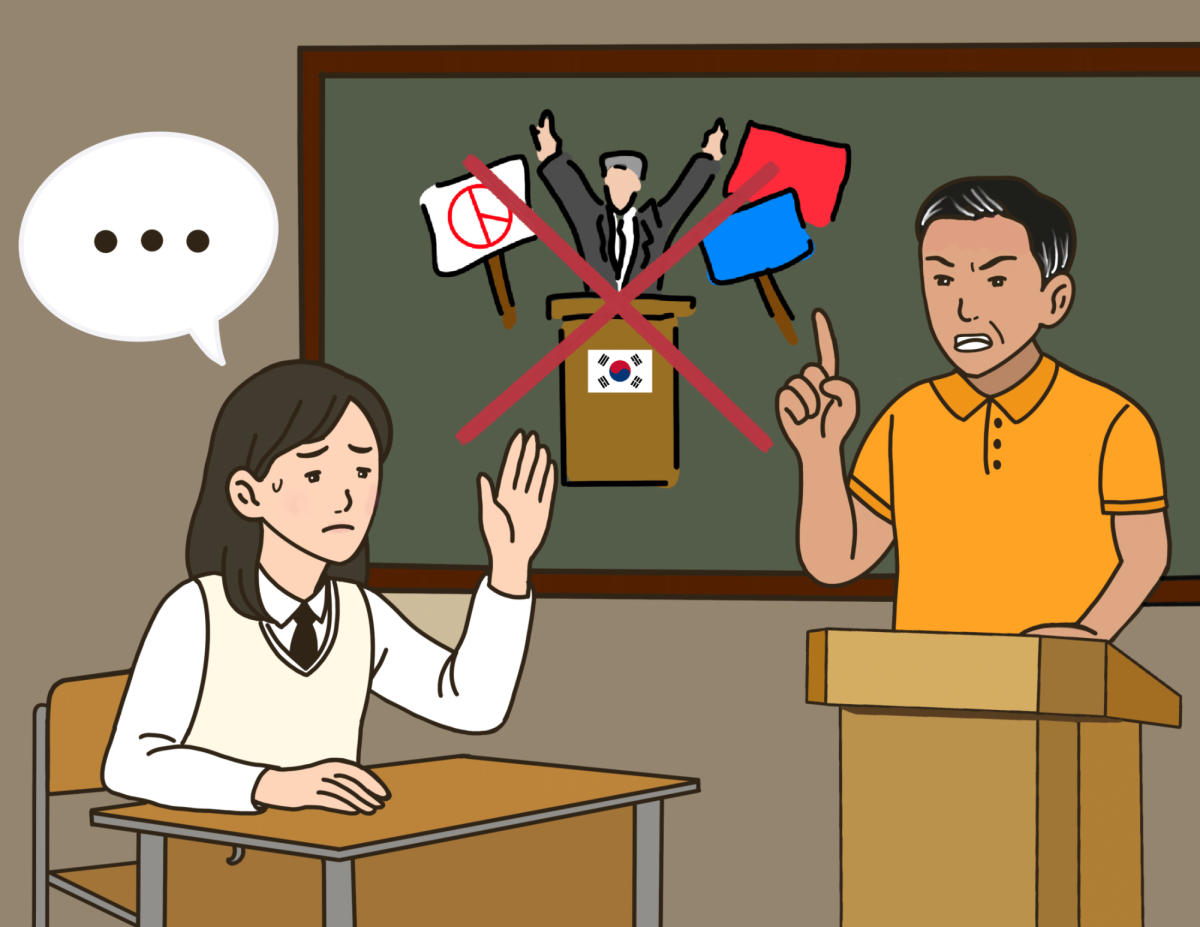



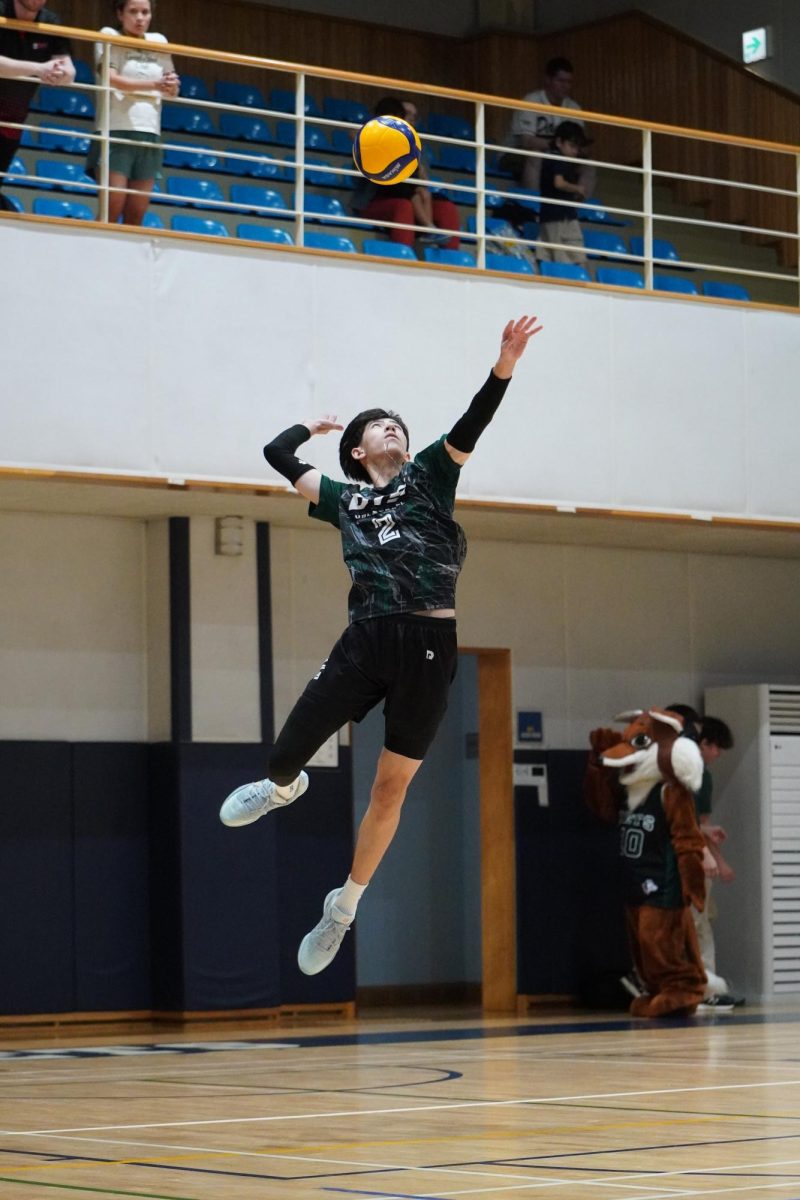
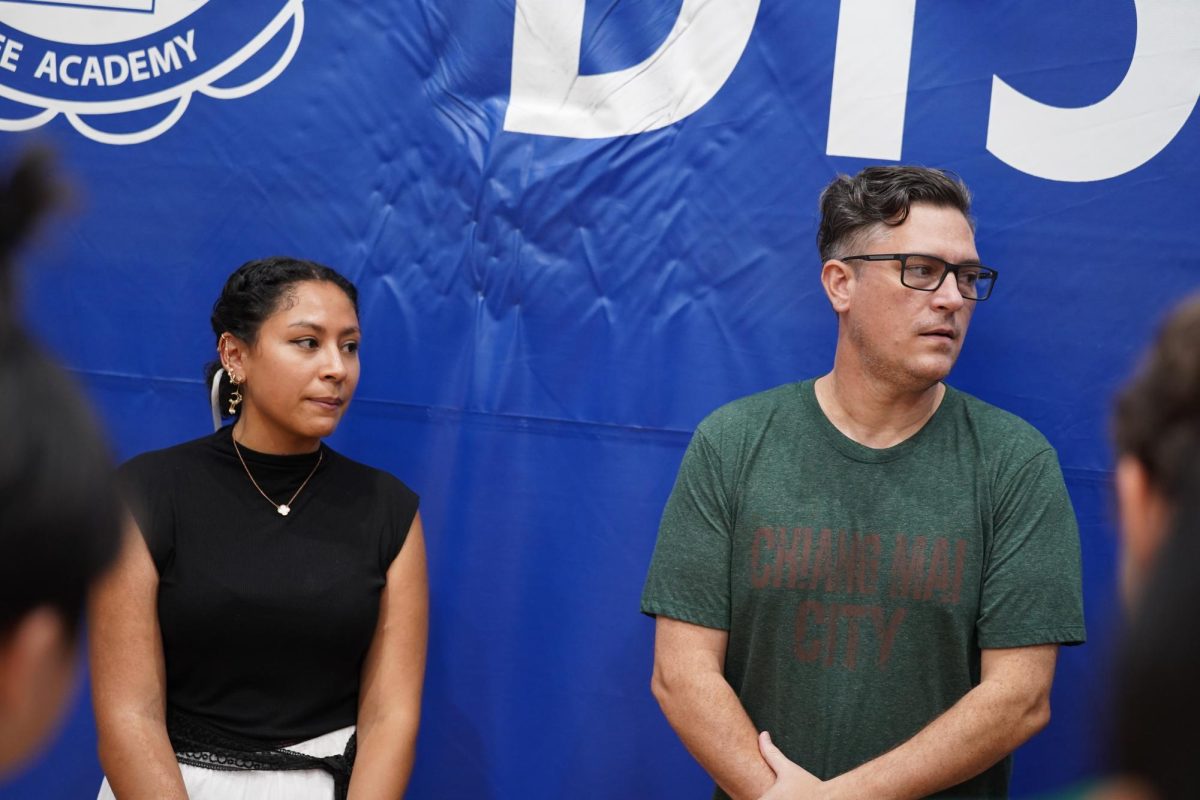




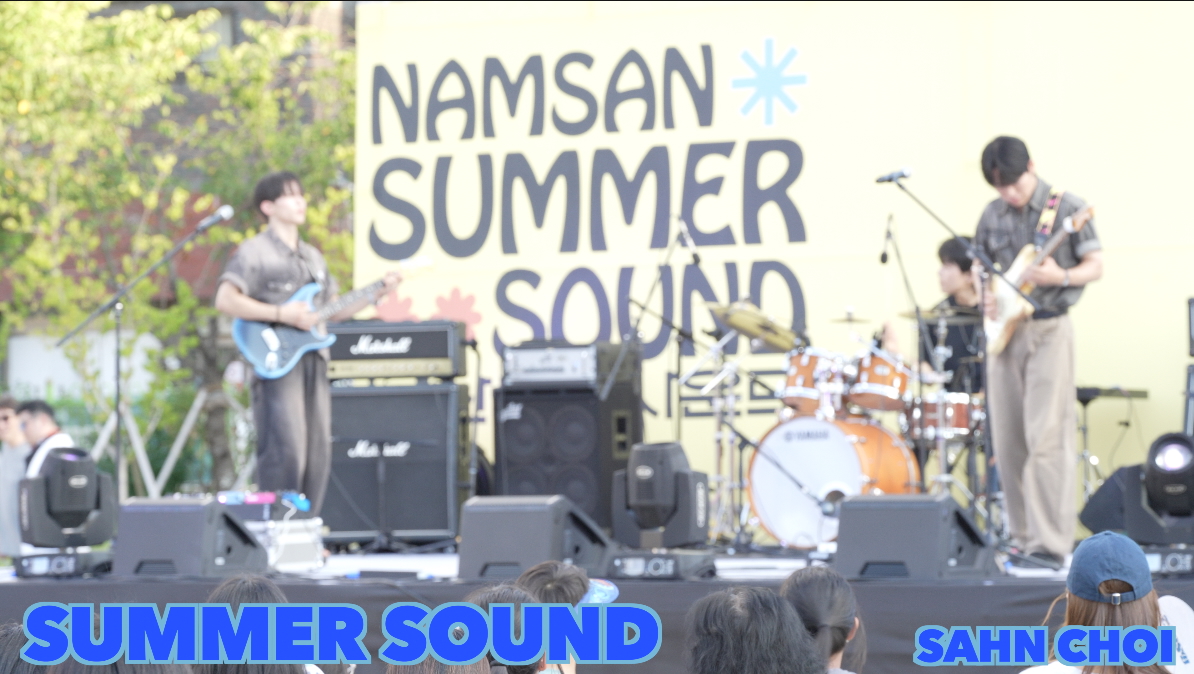



















Justin Son • Mar 10, 2022 at 6:34 pm
I can’t believe how hard it would be to catch the same Pokémon multiple times.